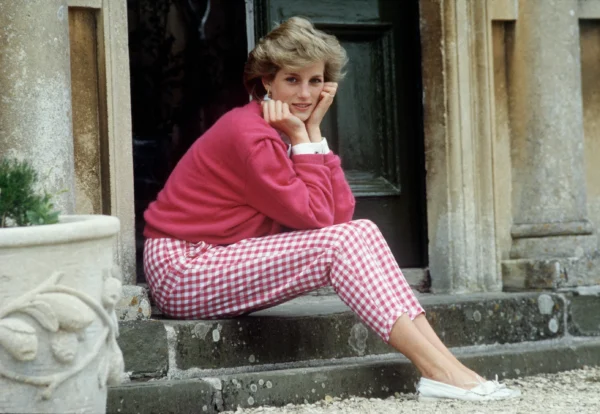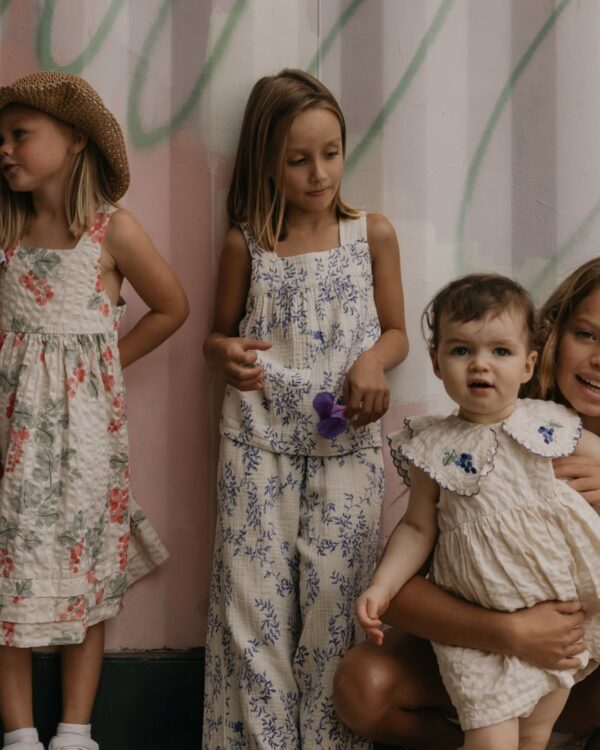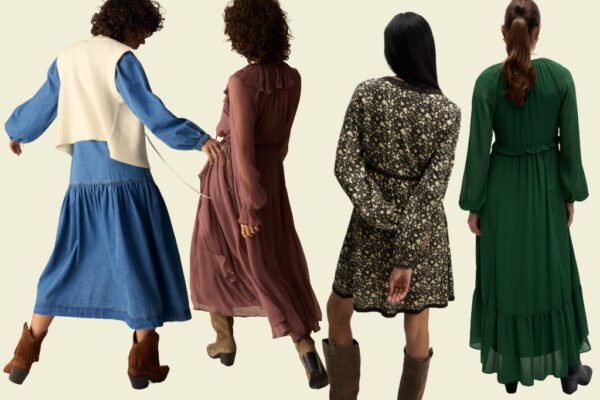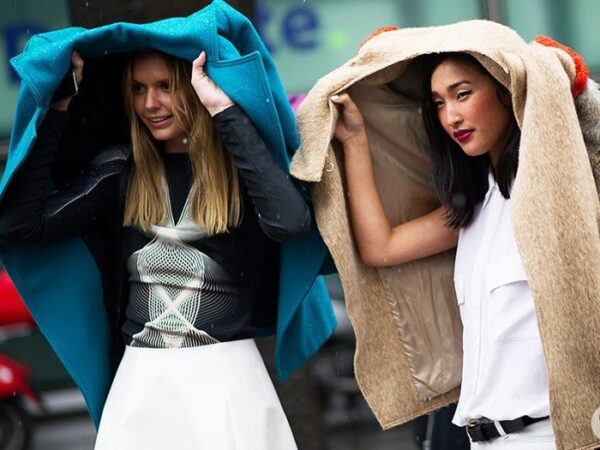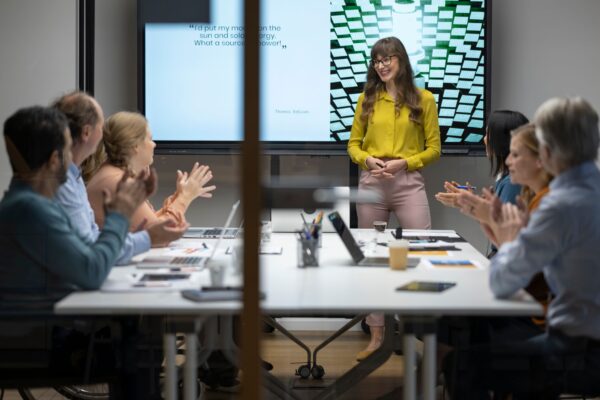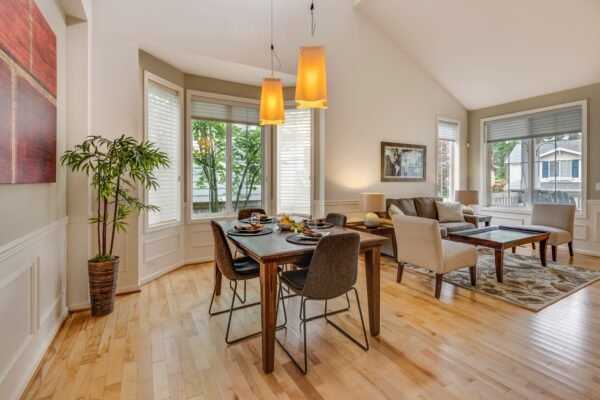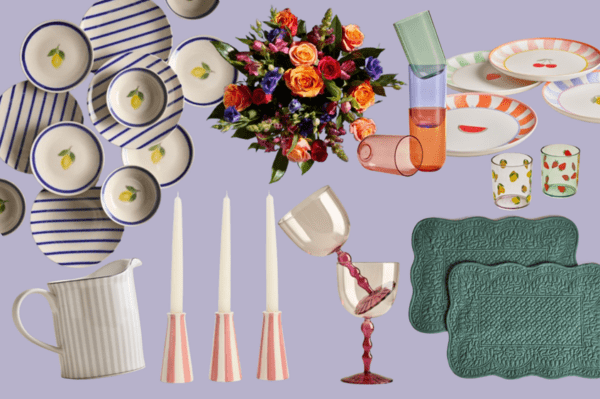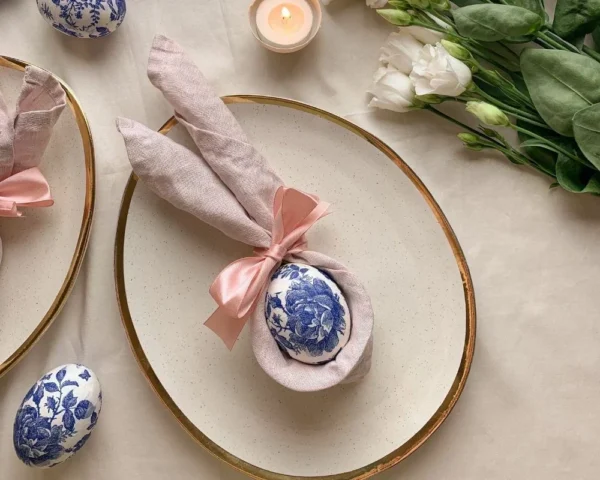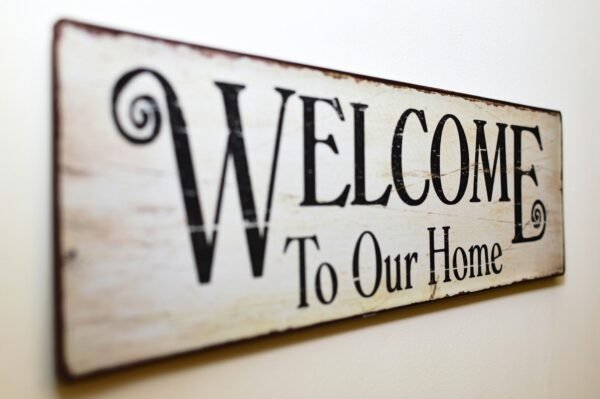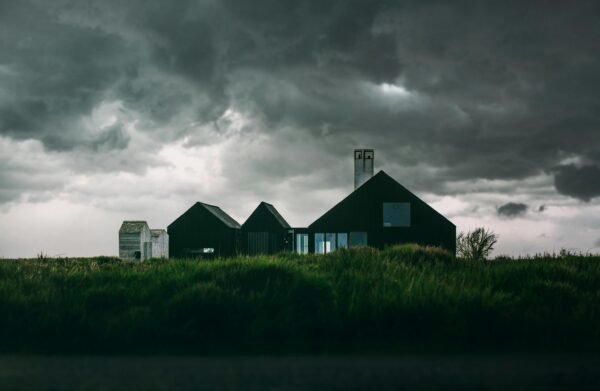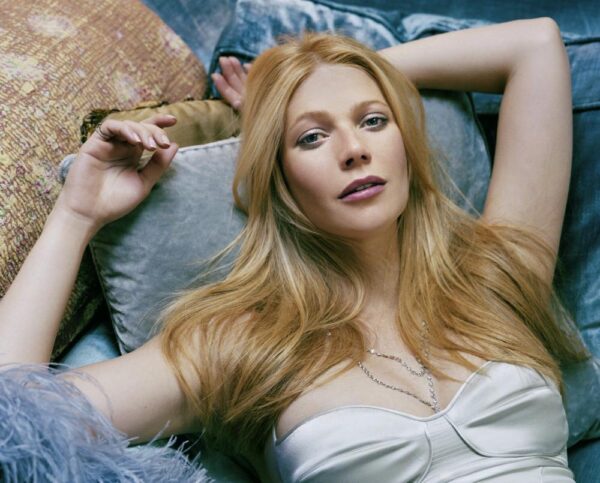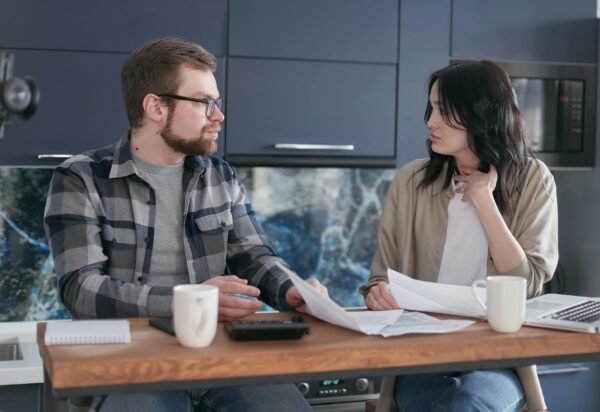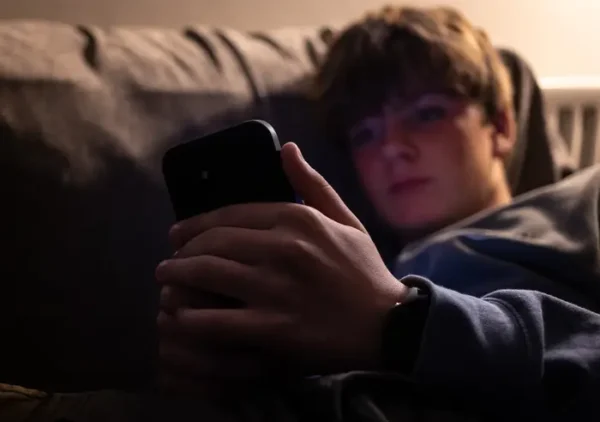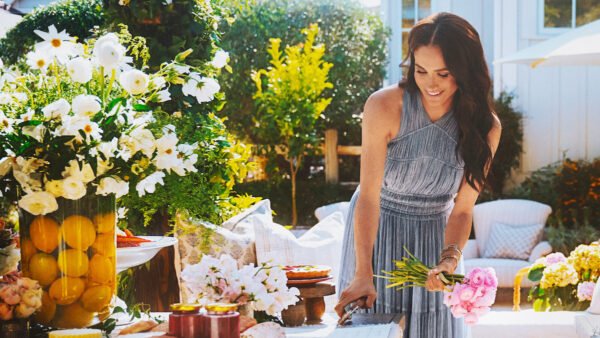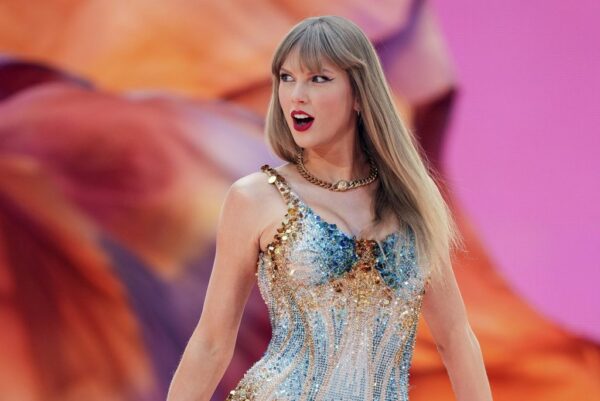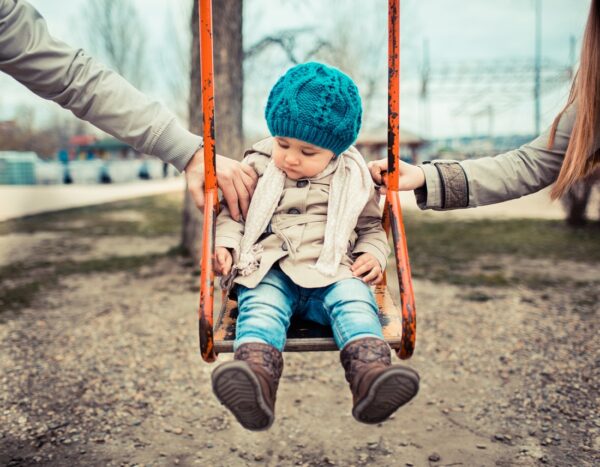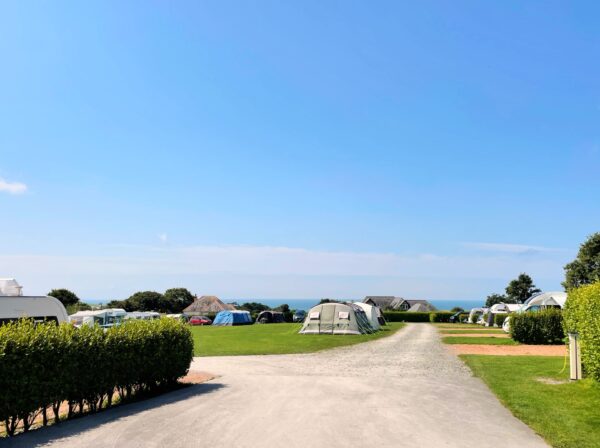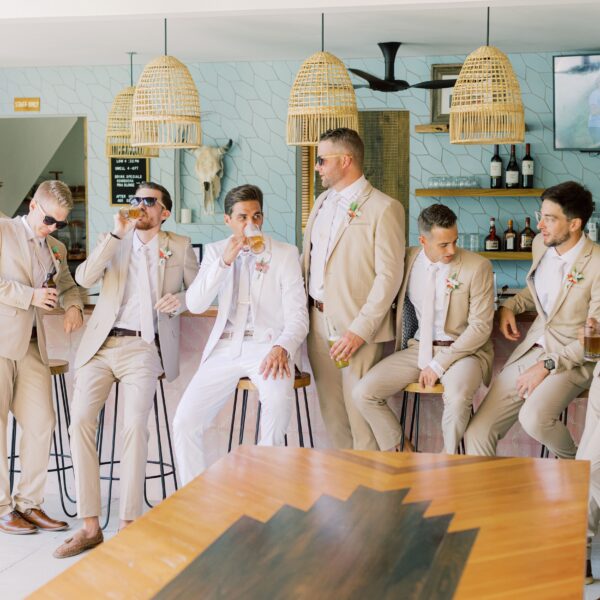
Is the Office Your Best Dating App? You’re Twice as Likely to Meet Someone at Work
Have you ever thought of the office as the modern dating app?

Employees are now returning to the office in droves – half of Londoners are now in the workplace at least two days a week, and two thirds of CEOs predict a full return to the office five days a week. But the office is an entirely different place in 2024, and they may not realise that their workplace is playing a much larger part in creating relationships than ever before.
We all know someone (or are someone) who met their partner at work. It’s clichéd, but it’s an ever-increasing and very common reality of modern working. In fact, Forbes report 60% of US workers have had a workplace romance and 43% of these led to marriage, and in the UK YouGov found that you’re almost twice as likely to end up dating.
At its most poetic, great design is the stage set for so many of life’s big moments, and at its most functional, it still is. The post-pandemic office design is now focused strongly on the ‘connection economy’—investing heavily in social spaces and collaboration areas. Modern workspaces now offer appealing reasons to work in a physical space, in a world where the office’s existence had been under threat from remote or hybrid working patterns.
Liam Spencer, Studio Director at commercial interior design studio Thirdway says “The office is what we call an ‘engagement platform.’ Creating an environment where people can be the best version of themselves, interact positively with other real-life humans and enjoy being in the workspace rather than being forced to be there —all have tangible and measurable benefits to any business.”
A nice side effect of this; happier people making genuine connections (doesn’t sound like a terrible strap line for a dating app!). But beyond romance, businesses shouldn’t consider the office as a sea of desks and fishbowl meeting rooms. There is a genuine and deep social purpose to explore here—how the contemporary workplace and all that surrounds it is such a fundamental part of how relationships (both romantic and platonic) are formed. Whether it is finding your feet professionally as a new graduate around the shared kitchen or finding your new best friend at your current best friend’s work social. The physical office has a much larger part to play than often believed.
Liam knows of what he speaks – he himself has met close friends, collaborators, and even his partner through work, and now has toddler-shaped evidence of how the office can create happy and rewarding relationships.
Here are his top five considerations for making the office a likely place for connections (both personal and professional):
1. Meaningful social spaces
“Common areas like lounges, kitchens, or collaborative break-out spaces with comfortable seating, inviting lighting, and aesthetically pleasing design encourage casual conversations and interactions. In this current phase of the connection economy, these spaces are often cited as the key driver in why people choose to come to an office over being at home – their design, purpose or function shouldn’t be overlooked.”
2. Spaces for movement
“Moving mindfully within the office, thinking, dreaming, discussing, letting off steam – all of these things are absolutely essential to building culture and improving productivity. We love to design the office with zones that encourage movement, such as game rooms or fitness areas. These spaces can be natural gathering spots where employees might bond over shared interests. Within more pure office design, curated walking paths or corridors that naturally lead to social spaces, encouraging spontaneous interactions are essential.”
3. Personalisation and comfort
“’Pull up a chair’ is so often spoken in a pub or social setting, and the same must be true for an office. The ability to change a setting has such an impact on genuine conversation, be it an alternative and dimmer lighting setting or many people gathered around a too-small table. It’s essential that employers allow for some degree of personalisation in workspaces so employees can express their personalities, which can be conversation starters.”
4. Decoration
“Resimercial, hotelification – interior design loves a clumsy portmanteau but behind these popular trends in office design is the importance of warmth, richness and texture – something devoid in stark offices for many years. Warm, ambient lighting in social spaces can create a more inviting atmosphere and certainly make people look their best. Certain colours and textures are soothing and conducive to relaxation and conversation, like soft blues, greens, or earthy tones. And great offices incorporate artwork, decor and dressing that might spark discussion. So look around you for inspiration.”
5. Privacy
“And without being too on the nose (and inclusive of the professional and platonic end of the scale!) nooks, alcoves and semi-private areas or quiet corners where people can have more personal conversations without feeling completely exposed are essential in a bustling and noisy office space. Soundproof pods or small rooms that can be used for confidential discussions or endless Teams calls, ensuring privacy and the repetitive ‘can you see my screen’, are perfect for allowing people to feel more comfortable inside and out.”







